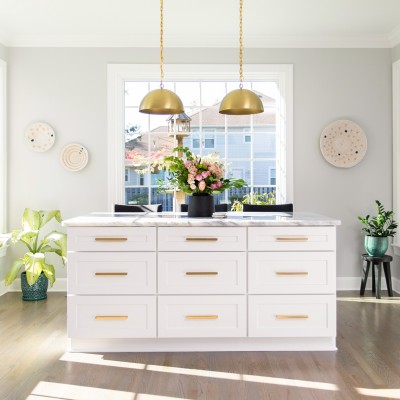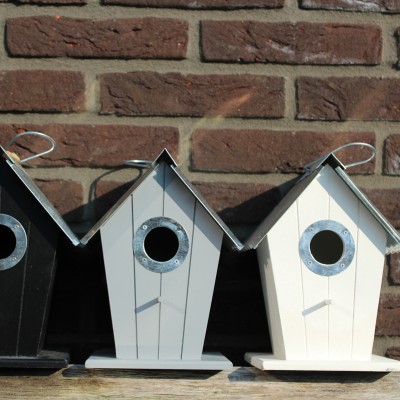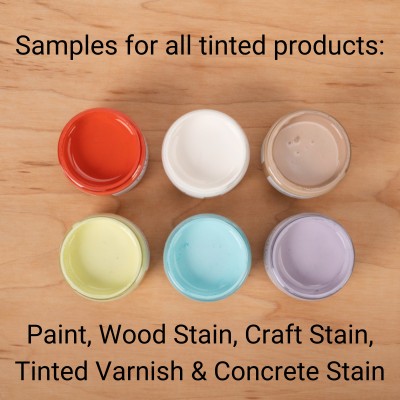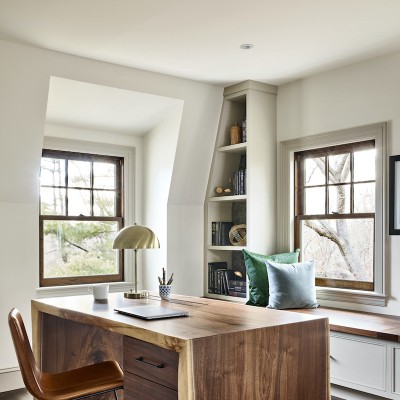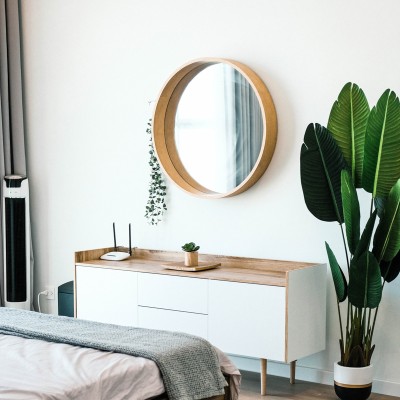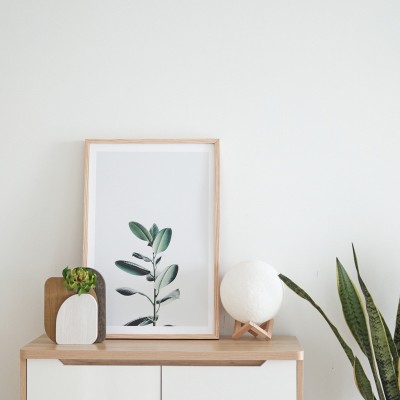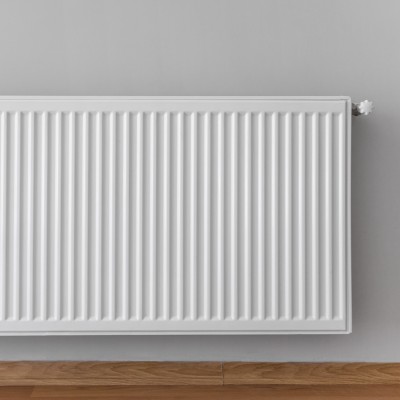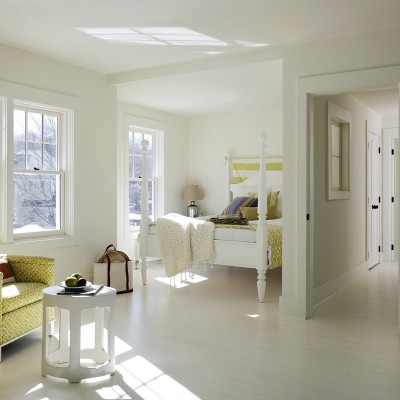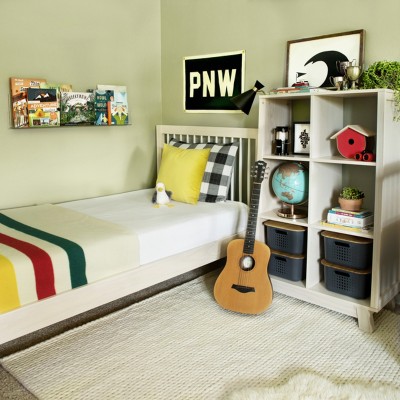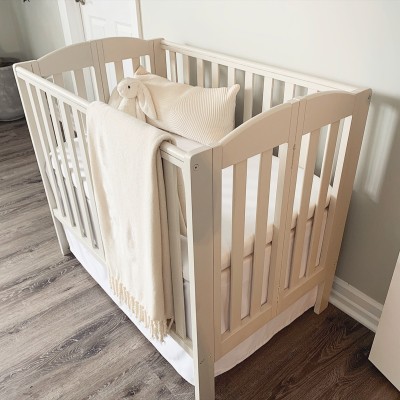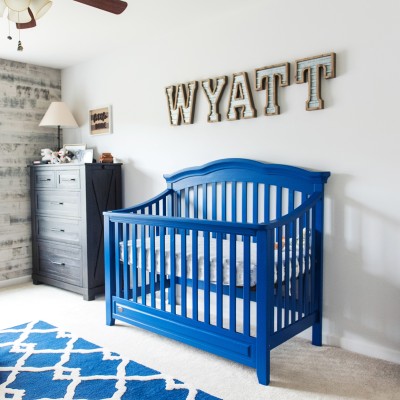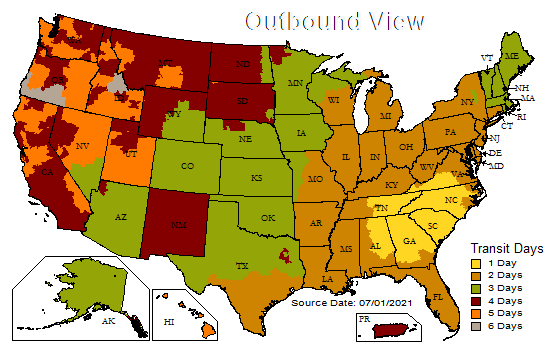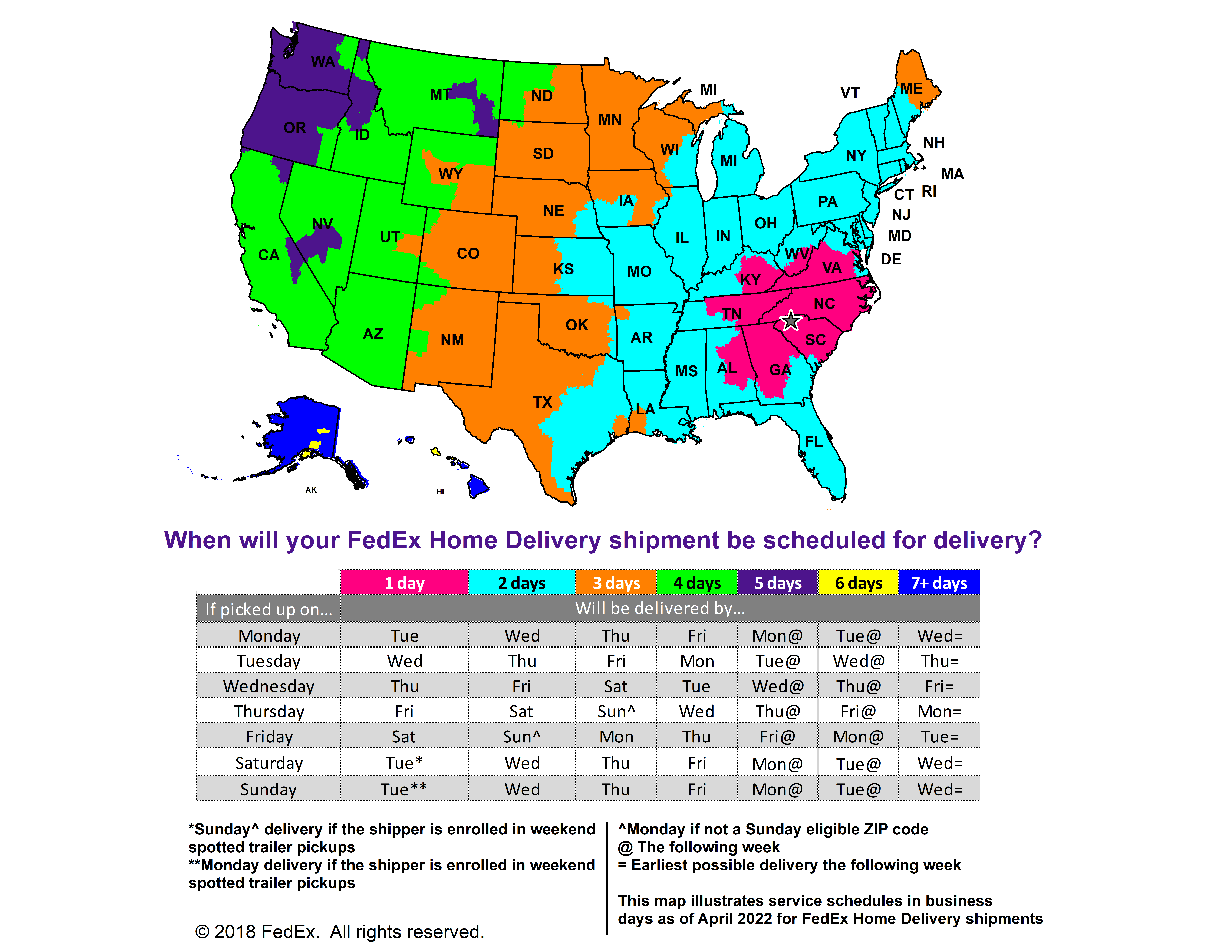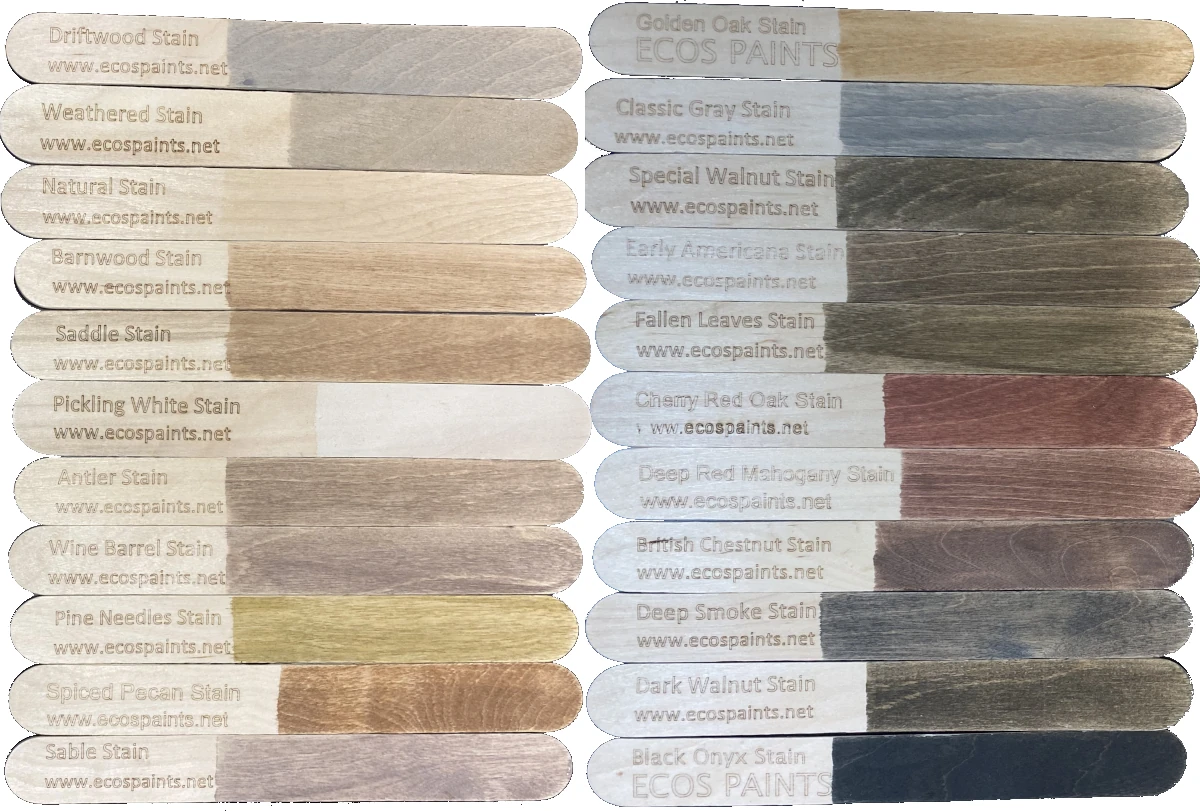Dangers of Paint Fumes for Pets & Tips to Keep Them Safe
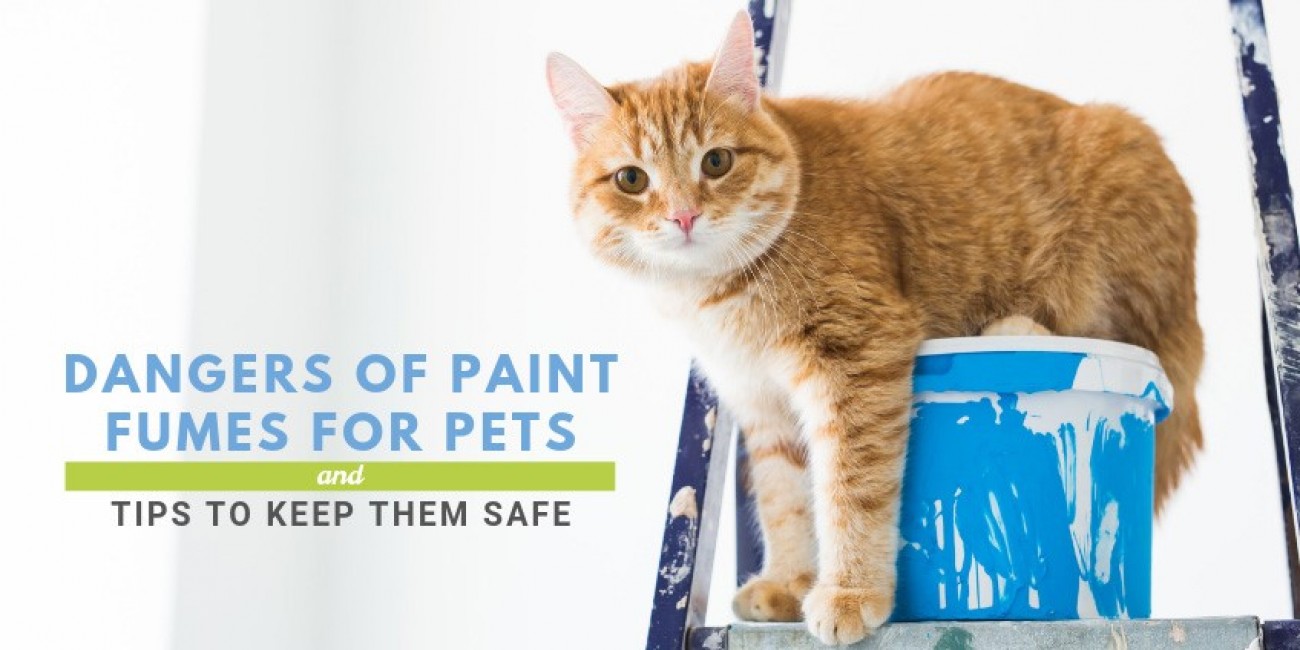
We
consistently talk about the importance of good indoor air quality, and that
won’t change. One of the most important aspects of a healthy indoor air quality
comes from the paint we put on our walls. A lot of paint can have toxins that
are harmful to our overall health and wellness. But what about our furry friends?
Can these paint fumes affect them as well? They sure can, so it’s vital to
understand the different dangers of paint fumes for pets—check those dangers
out below and learn how to keep your four-legged friends safe.
Irritated Mucous Membranes
According to PetMD,
“dogs can smell up to 100,000 times better than a human,” which goes to show
how much they’re impacted by harsh paint fumes. Animals' nostrils, in general, are
much smaller than a human’s, so those fumes affect animals much faster. Paints most often irritate their skin and
mucous membranes if contact is made. This is an irritant, but luckily, it is
not expected to cause toxicity or poisoning.
Stomach Upset
When large volumes of latex paints are ingested or inhaled,
the concentration can become quite troublesome for small animals. Most cases
cause mild gastrointestinal upset, but it can be significant enough to cause
vomiting. Without treatment and fresh air, this can lead to irreversible damage
for your pet.
Lung Inflammation and Infection
The biggest danger of paint fumes for pets is lung inflammation. If your pet’s immune system is weak and the fumes are strong, the animal may develop pneumonia. The fumes from the solvents can irritate their respiratory system, and most often it begins with coughing or hacking. If your pet develops these symptoms, be sure to contact your veterinarian.
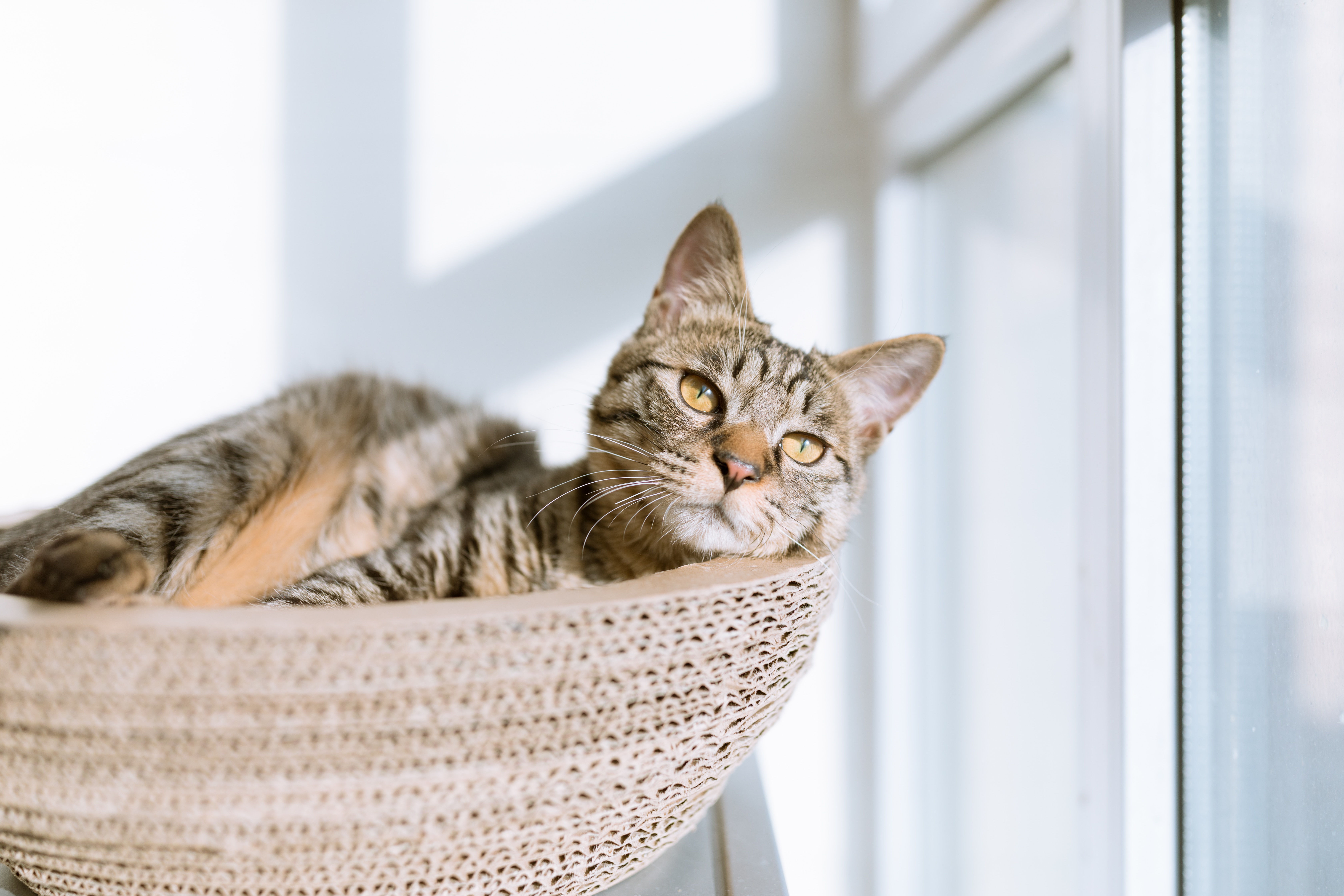
Tips for Keeping Your Pet Safe While Painting
·
Use Zero-VOC, Non-Toxic Paint
Painting with conventional paints can make indoor air pollution levels
much worse. Instead, use a zero VOC*, non-toxic** paint like the ones from ECOS. We
also have pet-friendly paints specifically designed with your furry and feathered family members in mind as you delve into your next project.
·
Keep the Air Flowing
A good painting rule of thumb, whether you have pets or not, is to keep
the air flowing. This will filter in good air and get bad air out. Keep the
windows open and keep the fans blowing, as this will improve indoor air quality
and help the paint dry faster.
·
No Paint Zones
Probably one of the best things you can do for your pets while you paint is to secure a no paint zone. Keep them out of the area where painting or staining will take place. This will reduce the risk of them wandering into a work area. Make sure that their food, toys, water, bedding, and litter box are all out of painting areas as well.
RELATED PRODUCTS
Eggshell Paint
Eggshell Paint is a low to medium sheen, protective finish that dries to a hard, durable, film. Ide...
Semi-Gloss Pet Dwellings Paint
Semi-Gloss Pet Dwellings Paint is a medium sheen, protective finish that dries to a hard, washable, ...
Eggshell Pet Dwellings Paint
Pet-friendly exterior eggshell paint is a low to medium sheen, protective finish that dries to a har...
2oz Color Sample
A 2oz sample pot of our colors to test in your space before ordering quarts or gallons. All paint sa...

